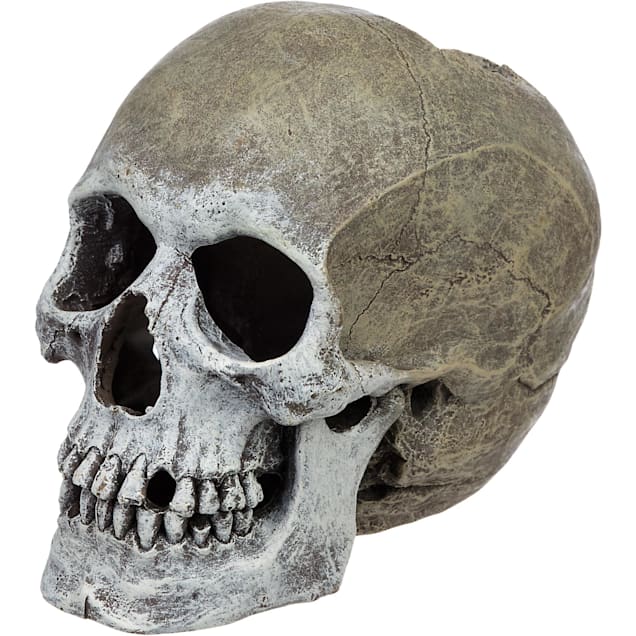What pumps blood around our body?
The heart
What is the function of digestive system?
breaks down food into nutrients
What does the xylem and phloem carries?
Xylem carries water and minerals. Phloem carries sugars and amino acids.
What is the function of blood?
to give oxygen to all parts of our body
What is the function of the bone?
support the body structurally, protect our vital organs, and allow us to move
What's the main artery called?
Aorta
Where does digestion end?
small intestine.
What is the role of stomata?
to take in carbon dioxide and release oxygen.
What is the three types of blood?
Red Blood Cell, White Blood Cell, Platelets
what is this bone called?
the skull
What does "double circulatory system" means?
when the blood passes through the heart twice
What is the role of acid in our stomach?
helps break down food for easier digestion.
Where is the location of the phloem?
near the finest branches and terminations of sieve tubes in leaf veinlets
How many blood types are there?
8 blood types
What is bones made of?
bones are made of connective tissue reinforced with calcium and specialised bone cells.
What effect does adrenaline have on the heart?
It increases the heart rate and stroke volume
What is the stomach acid called?
hydrochloric acid
What is translocation in plants?
Translocation is the movement of sugar produced in photosynthesis to all other parts of the plant for respiration and the other processes described above. This occurs in phloem cells.
Why are blood cells red?
Red blood cells get their bright red color from a protein that allows them to carry oxygen from your lungs and deliver it to other tissues in your body (hemoglobin).
how many bones are there in the human body?
The human skeleton of an adult consists of around 206 bones
In coronary heart disease, what are the fatty deposits on the walls of the arteries called?
Plaques
What are the 7 steps of digestive?
ingestion, propulsion, mechanical digestion, chemical digestion, absorption, and defecation.
What is the difference between Tracheids and sieve tubes?
Tracheid is a dead cell of the xylem tissue. They have tapering ends and narrow lumen. They are spindle shaped cells that are present in young plants. Seive tubes are the living cell of the phloem tissue.
How does the body make blood?
The bone marrow produces stem cells, the building blocks that the body uses to make the different blood cells – red cells, white cells and platelets
What are the 206 bones called?
axial skeleton and appendicular skeleton
